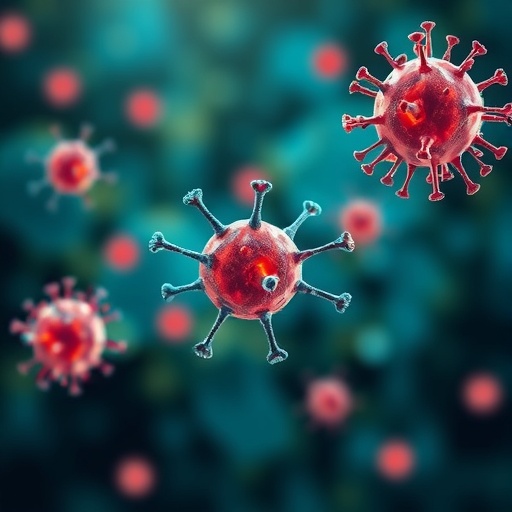Researchers from North Carolina State University have synthesized an analog of lipoxazolidinone A, a small molecule that is effective against drug-resistant bacteria such as MRSA. This molecule, a new synthetic compound inspired by a natural product, could be a useful chemical tool for studying other Gram-positive infections and may have implications for future drug creation.
Lipoxazolidinone A is a natural product which had been previously isolated from bacteria living in marine sediments. It is a secondary metabolite – a small molecule produced by the bacteria that isn't key to its survival but is produced for a secondary purpose, like defense. When lipoxazolidinone A was initially isolated, researchers noted that it seemed effective against Gram-positive bacteria, like MRSA.
NC State chemist Joshua Pierce aimed to confirm those original findings and understand how the molecule's structure correlated to its function; in short, he wanted to recreate the molecule to see what portions were directly responsible for its anti-microbial properties and then potentially improve upon that structure.
Pierce, along with current NC State graduate student Kaylib Robinson and former students Jonathan Mills and Troy Zehnder, used novel chemical tools to synthesize lipoxazolidinone A in the lab. They were able to confirm that its chemical structure matched what the initial researchers had indicated, then they worked to identify the portion of the molecule that was responsible for the activity against Gram-positive bacteria. Their result was a compound with improved potency, JJM-35.
They tested JJM-35 against a panel of resistant and non-resistant bacteria. When tested against MRSA in-vitro, they found that the synthesized molecule was up to 50 times more effective than the natural product against several bacterial strains. Additionally, they found that the molecule was often more effective against resistant bacterial strains than it was against nonresistant strains.
"An exciting additional aspect of this work was that we identified that these molecules may function by inhibiting multiple biosynthetic pathways directly or indirectly," says Pierce. "This means that bacteria may have difficulty developing resistance to potential drugs developed from these molecules."
While more work is needed, Pierce hopes that JJM-35 and similar compounds can be used as tools to study other Gram-positive bacteria and provide a platform for the development of a novel class of anti-infective agents.
"At this point, we have a chemical scaffold – a starting piece of the puzzle. We know that this piece is effective, and so right now all efforts are focused on evaluating the properties of these molecules and their in-vivo efficacy," says Pierce. "The hope is that we can build upon this scaffold to create drugs that are effective against MRSA and other resistant bacteria at a time of dire need for antimicrobial development while also increasing the spectrum of activity."
The research appears in the journal Angewandte Chemie. The work has received funding from the National Institutes of Health (NIGMS grant R01GM110154) and NC State's Chancellor's Innovation Fund as well as support from the Comparative Medicine Institute at NC State.
###
Note to editors: An abstract of the paper follows
"Synthesis and Biological Evaluation of the Antimicrobial Natural Product Lipoxazolidinone A"
DOI: 10.1002/anie.201805078
Authors: Jonathan J. Mills, Kaylib R. Robinson, Troy E. Zehnder and Joshua G. Pierce, North Carolina State University
Published: Angewandte Chemie International Edition
Abstract: Natural products have historically been a major source of antibiotics and therefore novel scaffolds are constantly of interest. The lipoxazolidinone family of marine natural products, with an unusual 4-oxazolidinone heterocycle at their core, represents a new scaffold for antimicrobial discovery; however, questions regarding their mechanism of action and high lipophilicity have likely slowed follow-up studies. Herein, we report the first synthesis of lipoxazolidinone A, 15 structural analogs to explore its active pharmacophore, and initial resistance and mechanism of action studies. These results suggest that 4-oxazolidinones are valuable scaffolds for antimicrobial development and reveal simplified lead compounds for further optimization.
Media Contact
Tracey Peake
[email protected]
919-515-6142
@NCStateNews
https://news.ncsu.edu/2018/05/pierce-compound/
Related Journal Article
http://dx.doi.org/10.1002/anie.201805078




